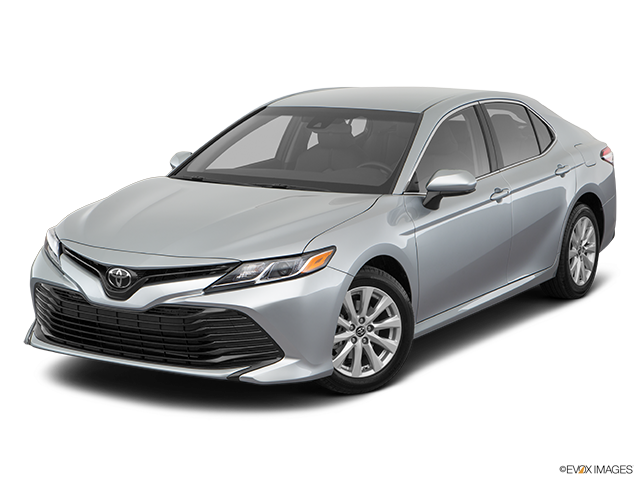
A seat belt is a vehicle safety device designed to secure a driver or passenger in the case of a sudden stop or crash. Early versions of the seat belt included only a lap belt. Later, a second belt that fastened across the chest was added to some models. The late fifties saw the invention of the three-point seat belt, where the lap and shoulder were secured by a single continuous belt. By the late nineteen sixties, seat belts were required in all vehicles sold in the US.
A seat belt typically comes in two sections, the belt and the buckle. The seat belt rolls up into a spring loaded retractor, whereas the buckle remains stationary, bolted to the seat or floor. The belt is designed to lay across the shoulder, rib cage, and pelvis - skeletal structures that are capable of withstanding the force at impact.
In modern vehicles, the three-point seat belt is integrated into the Supplemental Restraint System (SRS) that includes the airbags and crash sensors. Not only does the seat belt hold an occupant secure in their seat, but it also works in tandem with airbag deployment to ensure proper interaction with the airbag. The belt is fitted with a pretensioner that tightens the seatbelt immediately when the crash sensors detect an impact.
In the world of auto racing, where driver safety is a chief concern, seat belts are replaced biannually. That is because the belts tend to lose strength over time. Passenger vehicles do not need the seat belts replaced nearly so often. Some experts recommend replacement after ten or fifteen years, but such advice is rarely taken. You should, however, replace a seat belt if one or more of the following is true:




Seat belt replacement on a modern vehicle is more complex than it was on earlier models. That is because the modern seat belt is part of the Supplemental Restraint System (SRS) that includes the airbags. Replacements might include the seat belt and retractor, the buckle, or both.
Replacement of a seat belt also varies from one vehicle make and model to the next. The manner and location in which the seat belt is fastened differs. For instance, some manufacturers secure the seat belt buckle to a metal reinforcement on the floor, whereas others bolt the buckle to the seat frame. One manufacturer might include a seat belt pretensioner on the buckle, and another might include it as part of the belt retractor.
In general, a technician must follow some basic guidelines to replace the seat belt, usually related to the specific vehicle. It might be necessary to remove interior trim panels for access to the seat belt retractor. Special fasteners hold the seat belt guides, buckles, and retractors in place. These need to be torqued to manufacturer’s specifications upon installation. Care must be exercised when working on the SRS as well, and the system might need to be reset with a scan tool after the installation is complete.
This is demo Question
This is demo Answer
Related Parts